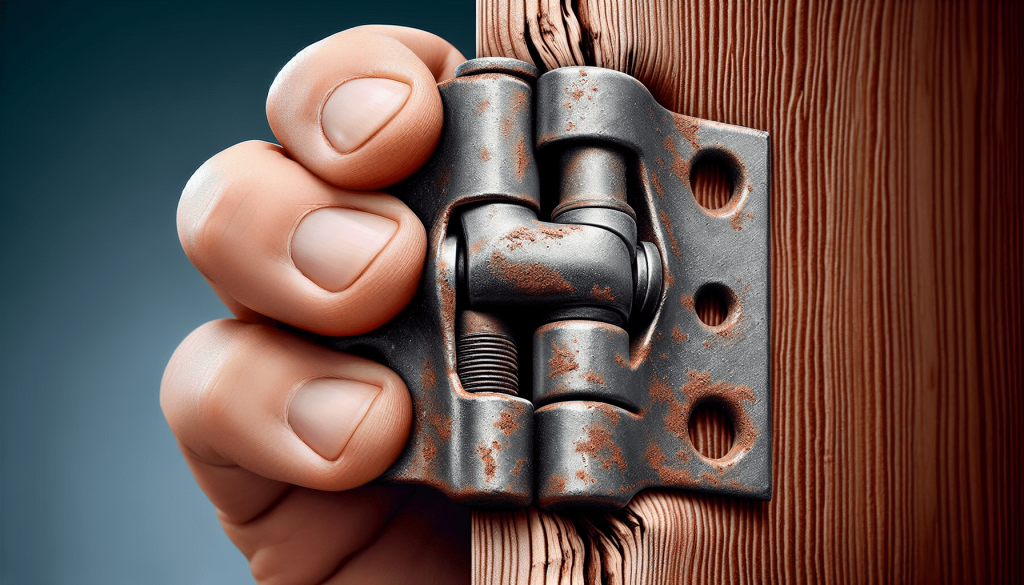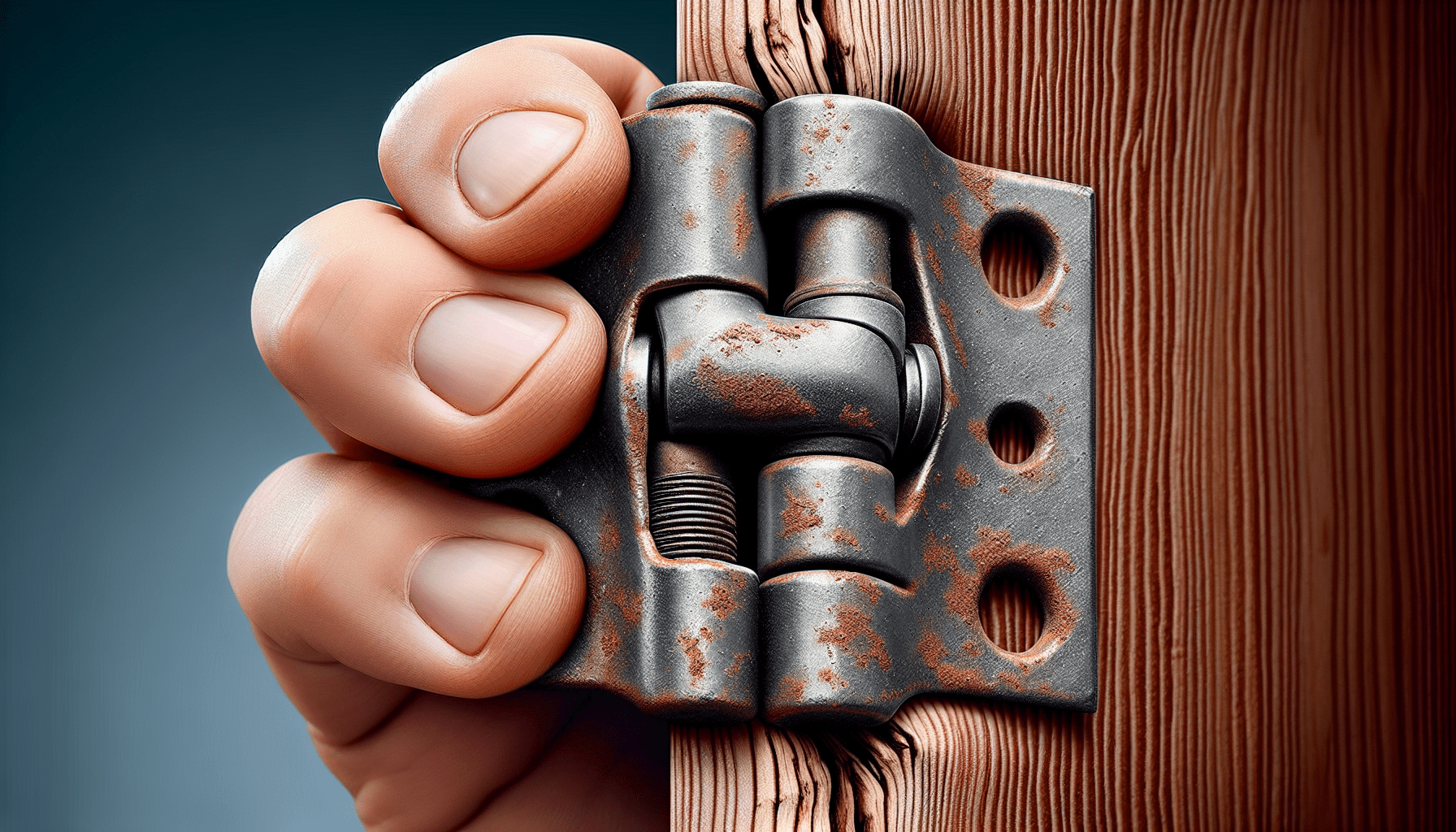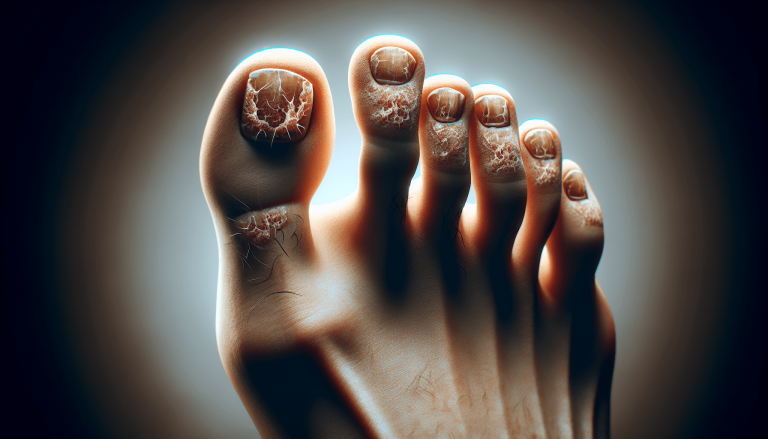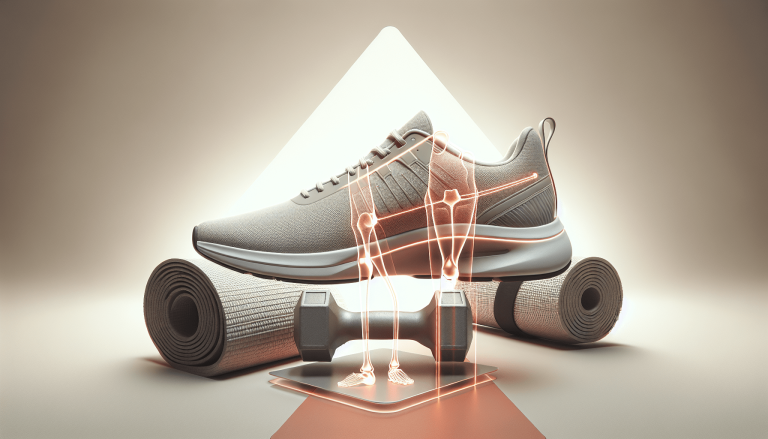What Causes Lack Of Lubrication In The Joints?
Have you ever experienced stiffness and discomfort in your joints? If so, you may have wondered what causes this lack of lubrication that affects your mobility and overall wellbeing. In this article, we will explore the factors that can contribute to the reduction of lubrication in our joints, and how it can impact our daily lives. By understanding the causes, we can take proactive steps to improve joint health and ensure optimal mobility. So, let’s uncover the reasons behind the lack of lubrication in the joints and discover how we can keep them well-oiled and functioning smoothly.
Degenerative Conditions
Osteoarthritis
Osteoarthritis is a common degenerative condition that affects the joints. It occurs when the protective cartilage that cushions the ends of the bones wears down over time. As a result, the bones may rub against each other, causing pain, stiffness, and swelling. While aging is a significant risk factor for osteoarthritis, it can also develop as a result of repetitive use of the joints, injuries, or being overweight. Although there is no cure for osteoarthritis, there are treatments available to manage the symptoms and slow down the progression of the disease.
Rheumatoid Arthritis
Rheumatoid arthritis is an autoimmune disease in which the body’s immune system mistakenly attacks the joints. This condition leads to chronic inflammation in the joints, causing pain, swelling, and stiffness. Rheumatoid arthritis primarily affects the lining of the joints, leading to the destruction of cartilage and bone over time. The exact cause of this condition is unknown, but it is believed to be a combination of genetic and environmental factors. Early diagnosis and treatment are crucial in managing rheumatoid arthritis and preventing long-term joint damage.
Gout
Gout is a form of arthritis that occurs when there is a buildup of uric acid crystals in the joints. The excess uric acid can cause severe inflammation and intense pain. Gout most commonly affects the joint at the base of the big toe, but it can also affect other joints in the body. Factors that increase the risk of developing gout include a diet high in purines (substances found in certain foods), excessive alcohol consumption, obesity, and certain medical conditions. Making dietary changes, managing weight, and taking medications to lower uric acid levels are essential in preventing gout attacks and reducing joint damage.
Autoimmune Disorders
Sjogren’s syndrome
Sjogren’s syndrome is an autoimmune disorder in which the body’s immune system mistakenly attacks the glands that produce tears and saliva. In addition to dry eyes and dry mouth, this syndrome can also cause joint pain, inflammation, and stiffness. The exact cause of Sjogren’s syndrome is unknown, but it is believed to involve a combination of genetic and environmental factors. Treatment usually focuses on managing the symptoms and preventing complications such as infections or damage to the joints.
Systemic lupus erythematosus
Systemic lupus erythematosus, commonly known as lupus, is a chronic autoimmune disease that can affect multiple organs and systems within the body, including the joints. Lupus causes inflammation and damage to various tissues, including the cartilage and lining of the joints. This leads to joint pain, stiffness, and swelling. The exact cause of lupus is unknown, but it is believed to involve a combination of genetic and environmental factors. Treatment aims to manage symptoms, prevent flare-ups, and minimize damage to the joints and other affected organs.

Infections
Septic arthritis
Septic arthritis, also known as infectious arthritis, occurs when a joint becomes infected with bacteria, viruses, or fungi. The infection can enter the joint through the bloodstream, open wounds, or surgery. Symptoms of septic arthritis include joint pain, swelling, redness, and limited mobility. Prompt medical attention is crucial to prevent further damage to the joint and the spread of infection throughout the body. Treatment includes antibiotics or antifungal medications, drainage of the infected joint, and supportive care to manage symptoms.
Lyme disease
Lyme disease is an infection caused by the bacterium Borrelia burgdorferi, which is transmitted to humans through the bite of infected black-legged ticks. In addition to flu-like symptoms, Lyme disease can also cause joint inflammation and pain, especially in the knees. If left untreated, Lyme disease can lead to chronic joint problems. Early diagnosis and treatment with antibiotics are essential to prevent complications and mitigate joint damage.
Injury or Trauma
Fractures
Fractures, or broken bones, can damage the joints directly or indirectly. When a bone breaks, it can disrupt the normal alignment and stability of the joint, leading to joint pain, swelling, and limited mobility. Additionally, fractures can cause injuries to the surrounding structures, such as ligaments and tendons, which further impact joint function. Treatment for fractures aims to realign the bones, stabilize the joint, and promote healing through immobilization, physical therapy, and, in some cases, surgery.
Dislocations
Joint dislocations occur when the bones that form a joint are forced out of their normal position. This can result from a traumatic injury, such as a fall or forceful impact. Dislocations cause severe pain, swelling, and obvious deformities in the affected joint. Immediate medical attention is necessary to reduce the dislocation and restore joint function. Treatment often involves gentle manipulation or surgery to relocate the joint, followed by rehabilitation to restore strength and stability.
Torn ligaments or tendons
Ligaments and tendons play a vital role in supporting and stabilizing joints. When they suffer injury or tear, it can lead to joint instability and pain. This type of injury commonly occurs with sudden, forceful movements or repetitive stress on the joint. Treatment for torn ligaments or tendons depends on the severity of the injury and may involve rest, physical therapy, bracing, or surgical repair. Rehabilitation is crucial to regain joint function and prevent long-term complications.

Age
Natural decrease in synovial fluid production
As you age, the body naturally produces less synovial fluid, which is responsible for lubricating and cushioning the joints. When there is a lack of synovial fluid, the joints may experience friction, leading to pain, stiffness, and increased wear and tear of the cartilage. While this natural decrease in synovial fluid production cannot be prevented, maintaining an active lifestyle, eating a nutritious diet, and staying hydrated can help support joint health and function.
Increased risk of cartilage wear and tear
With age, the cartilage in the joints begins to wear down and lose its elasticity. This wear and tear, known as osteoarthritis, is more common as people get older. The degeneration of cartilage can result in joint pain, stiffness, and reduced range of motion. While age-related cartilage wear and tear cannot be reversed, managing weight, engaging in low-impact exercises, and practicing good posture can help alleviate symptoms and slow down the progression of joint degeneration.
Obesity
Excess weight puts strain on the joints
Carrying excess weight puts increased strain on the joints, particularly the weight-bearing joints like the knees and hips. The additional stress can accelerate joint degeneration and contribute to the development of conditions like osteoarthritis. Losing weight can significantly reduce the pressure on the joints, alleviate pain, and improve mobility. Regular exercise, a balanced diet, and portion control are essential strategies to manage weight and reduce the burden on the joints.
Increases inflammation
Obesity is associated with chronic low-grade inflammation throughout the body, including the joints. This inflammation can contribute to the development and progression of joint diseases. Adipose tissue, or fat cells, release inflammatory substances that can directly damage joint tissues and exacerbate existing joint conditions. By maintaining a healthy weight, it is possible to reduce inflammation levels and decrease the risk of joint-related problems.
Hormonal Changes
Menopause
During menopause, there is a significant decline in estrogen levels in women. Estrogen plays a role in maintaining bone density and joint health. The hormonal changes during menopause can lead to a decrease in bone density and an increased risk of developing osteoporosis and osteoarthritis. Managing menopause symptoms and maintaining bone health through regular exercise, a balanced diet rich in calcium and vitamin D, and, if necessary, hormone replacement therapy can help mitigate joint problems associated with hormonal changes.
Hypothyroidism
Hypothyroidism is a condition characterized by an underactive thyroid gland, leading to a decrease in hormone production. Thyroid hormones play a crucial role in regulating metabolism and maintaining joint health. In hypothyroidism, the reduced hormone levels can lead to joint stiffness, pain, and swelling. Treating hypothyroidism with hormone replacement therapy and managing the symptoms through medication can help improve joint function and alleviate discomfort.
Medications
Certain diuretics and blood pressure medications
Some diuretics and blood pressure medications have been associated with joint-related side effects. Diuretics can result in electrolyte imbalances, which may contribute to joint pain and stiffness. Certain blood pressure medications, such as beta-blockers, have been linked to an increased risk of joint symptoms. It is essential to discuss any concerns with your healthcare provider, who can adjust the medication regimen if necessary or explore alternative options.
Corticosteroids
Corticosteroids, commonly referred to as steroids, are powerful anti-inflammatory medications often used to manage various conditions, including autoimmune disorders and joint inflammation. However, long-term use or high doses of corticosteroids can lead to adverse effects, including joint damage and increased vulnerability to infections. Close monitoring and careful management of corticosteroid therapy are necessary to balance the benefits with the potential risks to joint health.
Genetics
Inherited conditions affecting joint health
Some individuals may be genetically predisposed to certain conditions that impact joint health. For example, a family history of osteoarthritis or rheumatoid arthritis can increase the likelihood of developing these conditions. Genetic factors can influence the structure and function of joints, making certain individuals more susceptible to joint problems. While genetics cannot be changed, early awareness, regular monitoring, and appropriate lifestyle modifications can help manage and minimize the impact of inherited joint conditions.
Nutritional Deficiencies
Lack of essential nutrients for joint health
A balanced diet rich in essential nutrients is vital for overall health, including joint health. Specific nutrients, such as omega-3 fatty acids, vitamin C, vitamin D, and calcium, play a crucial role in supporting joint function, reducing inflammation, and preserving cartilage integrity. A deficiency in these nutrients can contribute to joint pain, stiffness, and increased susceptibility to joint diseases. Incorporating a variety of nutrient-dense foods into your diet or considering supplements, under medical guidance, can ensure adequate nourishment for joint health.
Inadequate hydration
Proper hydration is essential for overall health, including joint health. Water helps to lubricate the joints and prevent friction that can lead to discomfort and inflammation. Inadequate hydration can contribute to joint stiffness, reduced flexibility, and increased risk of injury. Aim to drink an adequate amount of water throughout the day and limit the consumption of sugary beverages that can dehydrate the body. Monitoring your fluid intake and maintaining hydration can significantly benefit joint function and overall well-being.
In conclusion, there are various factors that can contribute to the lack of lubrication in the joints. Degenerative conditions, autoimmune disorders, infections, injuries or trauma, age-related changes, obesity, hormonal changes, medications, genetics, and nutritional deficiencies all play a role in joint health. By understanding these factors and taking appropriate measures, you can help maintain healthy and lubricated joints for a better quality of life. Remember to consult with your healthcare provider for proper diagnosis, treatment, and guidance tailored to your specific circumstances.
Additional Resources

The real reason why your joints hurt is deep hidden inside a core area of your body, but it’s not your arms or legs….
As these private doctors found the reason, they showed how easy joint pain actually is to be fixed. All this pain, all these years… fixable with some daily habit they developed… takes less than 40 seconds in the afternoon. This is helping 3,419 men and women every day stop their pain.
For a video overview of their solution, click: https://bit.ly/Flexotone-Joint-Pain-Relief






